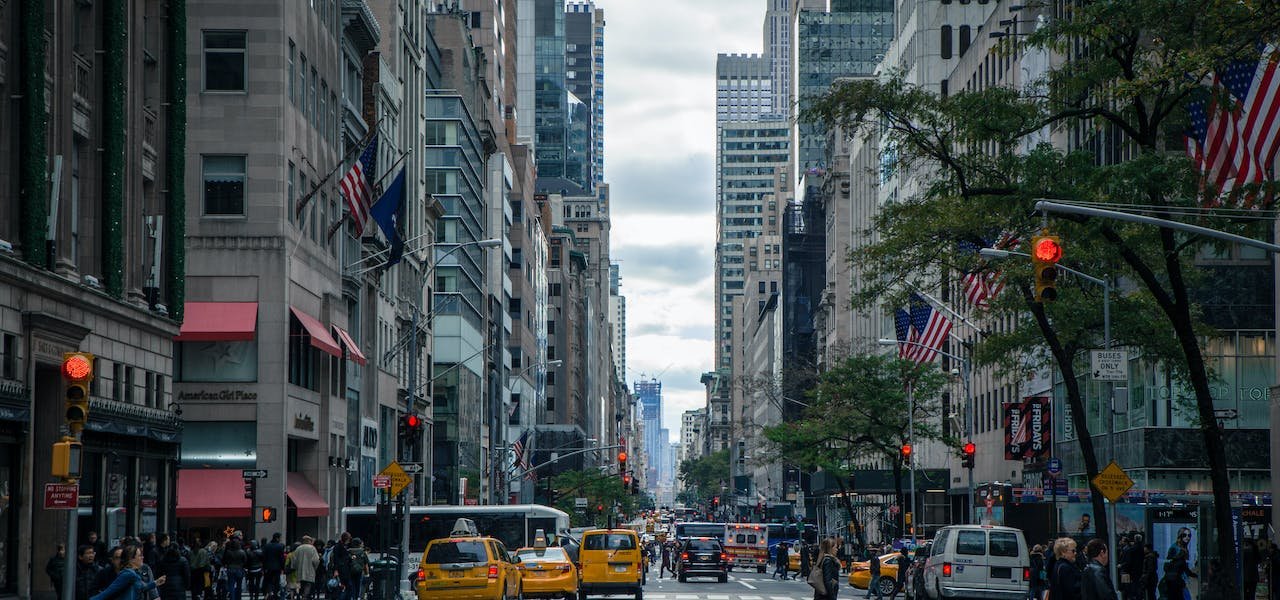Introduction
Redlining, an unethical and discriminatory practice that has plagued the U.S housing market for decades, has left a profound impact on Black and Brown communities. By systematically denying these communities access to home loans and other financial services, redlining has created a deep-seated racial wealth gap that persists to this day. As we continue to strive for equal opportunity and justice, it is essential that we confront and eliminate this harmful practice.
Understanding Redlining
Redlining originated from the term ‘red line,’ referring to the lines drawn on maps by banks and lending institutions to denote areas where they would not invest.
- These areas predominantly included Black and Brown neighborhoods.
- This practice began in the 1930s and continued well into the late 20th century.
- Even though redlining is now illegal, its effects are still felt today.
The Consequences of Redlining
The impact of redlining on Black and Brown communities has been devastating and far-reaching.
- Homeownership and Wealth: By denying loans to these communities, redlining has significantly limited their ability to own homes and build wealth.
- Neighborhood Investment: The lack of investment in these neighborhoods has led to deteriorating infrastructure and limited access to quality education and healthcare facilities.
- Economic Mobility: The wealth gap created by redlining has also affected the economic mobility of Black and Brown individuals, making it more challenging for them to escape poverty.
A Call to Action for Banks and Lending Institutions
Now more than ever, it is crucial for banks and lending institutions to actively work towards dismantling the systemic barriers created by redlining. Here are some actionable steps:
- Implement Fair Lending Practices: Ensure that lending decisions are based solely on creditworthiness, not on race or ethnicity.
- Invest in Minority Communities: Actively invest in Black and Brown neighborhoods to help improve infrastructure and quality of life.
- Provide Financial Education: Offer financial literacy programs to help these communities understand and navigate the lending process.
Conclusion
The fight against redlining is far from over. Banks and lending institutions have a pivotal role to play in this fight. By actively working to eliminate discriminatory practices and invest in Black and Brown communities, we can begin to close the racial wealth gap and create a more equitable society.



